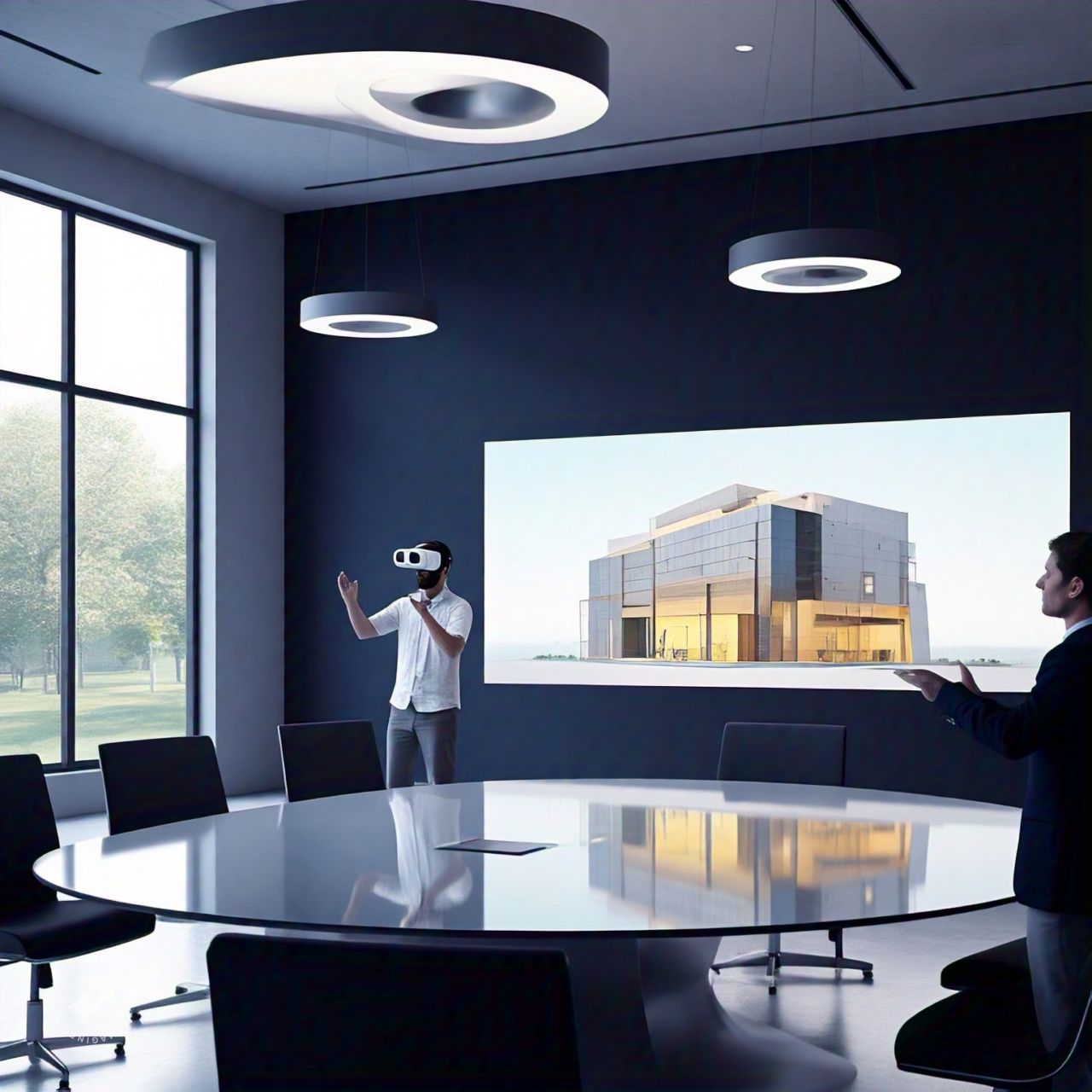
In the dynamic world of architecture, embracing innovative technologies has become essential for staying ahead. Augmented Reality (AR) and Virtual Reality (VR) are revolutionizing the industry by enhancing design processes and transforming client presentations. These immersive technologies provide architects with unprecedented tools to visualize, collaborate, and communicate ideas effectively, ultimately reshaping the way projects are conceptualized and delivered.
Revolutionizing Design Processes
-
Enhanced Visualization
AR and VR enable architects to create immersive 3D models, allowing teams to explore and assess designs in real-time. Instead of relying solely on static blueprints or renders, architects can virtually “walk through” their designs, identifying potential issues and making improvements early in the process. -
Improved Collaboration
These technologies foster better collaboration among architects, engineers, and stakeholders. By using AR overlays on physical spaces or VR environments, teams can visualize complex structures and coordinate changes seamlessly, reducing miscommunication and errors. -
Cost and Time Efficiency
With AR/VR tools, architects can quickly test multiple design iterations, significantly cutting down on the time required for revisions. This efficiency translates to reduced costs for both architects and clients.
Transforming Client Presentations
-
Immersive Experiences
AR and VR bring architectural designs to life. Clients can experience a virtual walkthrough of their future spaces, gaining a realistic sense of scale, layout, and aesthetics. This immersive approach fosters better understanding and engagement. -
Real-Time Customization
VR platforms allow clients to make real-time adjustments to design elements like materials, colors, and layouts. This interactive process not only enhances client satisfaction but also streamlines decision-making. -
Global Accessibility
AR/VR solutions enable architects to present designs to clients anywhere in the world. Virtual meetings supported by immersive technologies eliminate geographical barriers, making it easier to work with international clients or stakeholders.
Applications in Architectural Projects
-
Conceptual Designs
Architects use VR to showcase preliminary designs, enabling clients to grasp abstract concepts more effectively. This is particularly useful for large-scale or highly intricate projects. -
Renovation and Restoration
AR tools overlay proposed changes onto existing structures, giving clients a clear vision of the transformation. This is especially valuable in renovation or heritage restoration projects. -
Marketing and Sales
Real estate developers leverage AR/VR to create virtual tours of unbuilt properties, offering potential buyers an engaging and interactive preview.
Challenges and Future Potential
While AR and VR are transforming architecture, challenges like high implementation costs, learning curves, and hardware limitations still exist. However, as these technologies become more accessible and affordable, their adoption will only grow. Future advancements, such as improved hardware and AI-driven design tools, promise even more transformative potential for the architecture industry.
Conclusion
AR and VR are no longer just futuristic concepts in architecture; they are practical tools driving efficiency, creativity, and client satisfaction. By enabling architects to visualize designs in unprecedented ways and offering clients immersive experiences, these technologies are setting new standards in the industry. As AR/VR continue to evolve, their role in shaping the future of architecture will only become more profound.





Leave a Reply